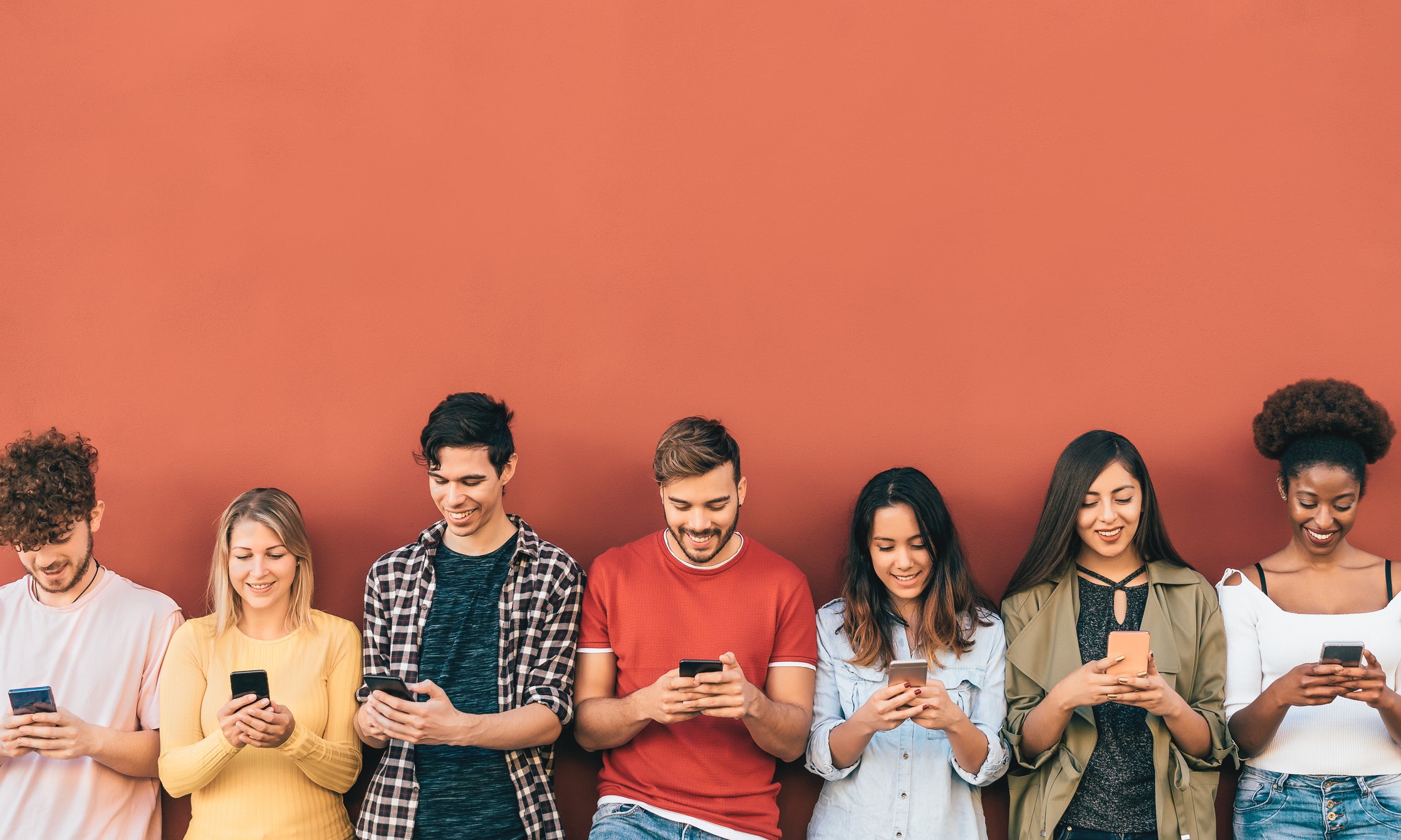ARTICLE AD BOX
People are more inclined to empathise with groups than individuals, according to a new study.
The research, published in Frontiers In Psychology, also suggests that empathy – the ability to understand and share another's feelings – is often perceived as a "distressing" experience compared to emotional neutrality.
The study, conducted by scientists in Sweden, involved 296 participants who were presented with two sets of images: one depicting individuals and the other showing groups of people.
Alongside the images, participants were given two decks of cards. One deck instructed them to empathise with the people in the pictures, while the other encouraged a neutral emotional response.
Participants were asked to write down three keywords describing the feelings or appearance of the people in the images they viewed.
They also rated the effort required to empathise and whether they found the process distressing.
The findings suggest a greater willingness to engage empathetically with groups rather than individuals, and that the act of empathising itself can be an emotionally taxing experience.

Researchers found people chose to stay objective to individuals compared with when they were faced with a group.
In both situations, empathising was also rated as distressing and requiring more effort.
Dr Hajdi Moche, of Linkoping University in Sweden, said: “People’s willingness to empathise is different depending on who the target is: a single individual or a group of people.
“Specifically, people were more willing to empathise with a group than an individual, although empathising was rated as more effortful and distressing compared to staying objective – for both the individual and the group.”
When faced with images of an individual, people chose to empathise 34 per cent of the time, researchers found.
However, during the block of group pictures, people empathised 53 per cent of the time.
This happened even though empathising was rated as harder and more distressing than remaining objective.
Dr Moche added: “The task of trying to share the internal experiences of the other requires more effort, imagination and understanding of what the person might feel compared to describing external features like hair colour.
“To share in the internal experiences might be especially hard when the information at hand is only a neutral facial expression without any body language or background context.”
Dr Moche suggested further studies could pit images of individuals and groups against each other to see which people would prefer to empathise with
“In this way, we would have a direct comparison in willingness to empathise when the target is an individual versus a group of people,” she added.









 English (US) ·
English (US) ·